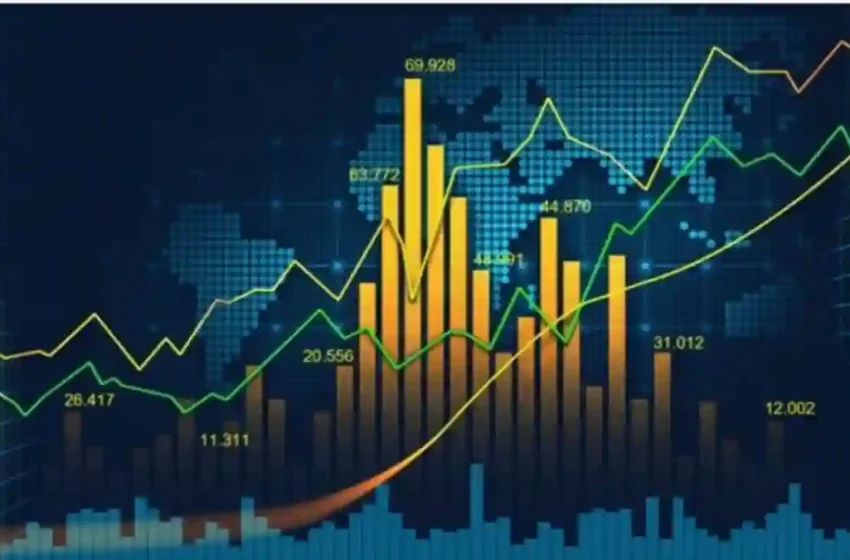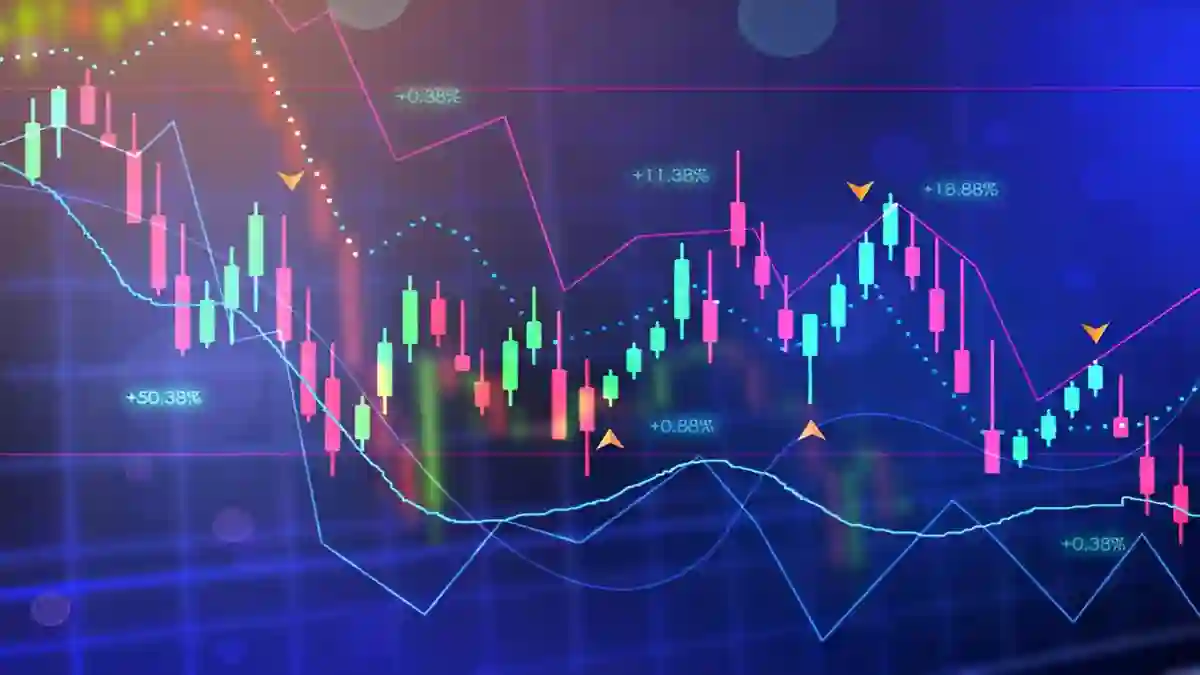
Incorporating Risk Management Techniques into Forex Robot Strategies
In the dynamic world of Forex trading, managing risk is paramount to success. For developers of Forex robots, incorporating robust risk management techniques into trading strategies is essential for preserving capital, mitigating losses, and achieving long-term profitability. This article explores the importance of risk management in Forex trading, delves into key risk management techniques, and discusses strategies for integrating these techniques into Forex robot strategies to optimize trading performance and minimize downside risk.
Understanding the Importance of Risk Management:
Forex trading inherently involves uncertainty and volatility, making it susceptible to various risks, including market risk, liquidity risk, and operational risk. Effective risk management is crucial for protecting against adverse market movements, minimizing drawdowns, and preserving capital in the face of unpredictable market conditions. By implementing sound risk management practices, Forex traders can navigate market fluctuations with confidence and achieve consistent returns over time.
Key Risk Management Techniques:
Position Sizing:
Position sizing refers to determining the appropriate amount of capital to allocate to each trade based on risk tolerance and account size. Proper position sizing ensures that traders do not risk more than a predetermined percentage of their trading capital on any single trade, thereby limiting potential losses and preserving capital. Common position sizing methods include fixed fractional, fixed dollar, and percent risk models, which help traders maintain consistent risk exposure and optimize risk-adjusted returns.
Stop-Loss Orders:
Stop-loss orders are essential risk management tools that enable traders to define exit points and limit potential losses on trades. By setting predefined stop-loss levels based on technical indicators, support/resistance levels, or volatility measures, traders can automatically exit losing positions before losses escalate beyond acceptable levels. Stop-loss orders help traders control risk, manage emotions, and maintain discipline in adhering to trading strategies, thereby reducing the impact of adverse market movements on overall portfolio performance.
Diversification:
Diversification involves spreading trading capital across multiple assets, markets, or trading strategies to reduce concentration risk and mitigate the impact of individual trade outcomes on overall portfolio performance. By diversifying across different currency pairs, timeframes, and trading strategies, traders can offset losses in one area with gains in another, smoothing out equity curves and reducing overall portfolio volatility. Diversification helps traders achieve a more stable and consistent return profile while minimizing the risk of catastrophic losses.
Risk-Reward Ratio:
The risk-reward ratio is a key metric used to assess the potential profitability of a trade relative to its associated risk. By comparing the expected reward (profit target) to the potential risk (stop-loss level) of a trade, traders can evaluate the risk-reward profile of each trade and make informed decisions about trade entry and exit. Favorable risk-reward ratios ensure that potential profits outweigh potential losses, providing a buffer against adverse market movements and enhancing the probability of long-term trading success.
Drawdown Management:
Drawdown management involves monitoring and controlling the magnitude and duration of portfolio drawdowns, which occur when trading capital declines from peak to trough. By implementing drawdown limits, monitoring drawdown metrics, and adjusting trading parameters in response to changing market conditions, traders can limit the impact of drawdowns on portfolio performance and prevent significant capital erosion. Drawdown management strategies include dynamic position sizing, portfolio rebalancing, and capital preservation techniques to maintain resilience and stability during adverse market conditions.
Incorporating Risk Management Techniques into Forex Robot Strategies:
Automated Risk Controls:
Integrate automated risk management controls into Forex robot strategies to enforce predefined risk parameters and prevent excessive risk-taking. Incorporate position sizing algorithms, stop-loss mechanisms, and risk-reward ratio filters into Forex robot logic to ensure that trades adhere to predefined risk limits and guidelines. By automating risk controls, Forex robots can execute trades with discipline and consistency, reducing the risk of emotional decision-making and impulsive trading behavior.
Adaptive Risk Management:
Implement adaptive risk management techniques that dynamically adjust risk exposure based on market conditions, volatility levels, and performance metrics. Utilize volatility-based position sizing models, trailing stop-loss mechanisms, and dynamic risk-adjusted position allocation strategies to adapt to changing market dynamics and optimize risk-return profiles. By dynamically adjusting risk parameters in response to evolving market conditions, Forex robots can adapt to shifting risk environments and optimize trading performance over time.
Portfolio Diversification:
Incorporate portfolio diversification strategies into Forex robot strategies to spread risk across multiple currency pairs, timeframes, and trading strategies. Utilize portfolio optimization techniques, correlation analysis, and asset allocation models to construct diversified portfolios that balance risk and return objectives. By diversifying across different market segments and trading approaches, Forex robots can reduce portfolio volatility, enhance risk-adjusted returns, and improve overall stability and resilience.
Risk Monitoring and Reporting:
Implement robust risk monitoring and reporting capabilities in Forex robot systems to track key risk metrics, measure portfolio performance, and generate risk reports in real-time. Integrate risk analytics tools, performance dashboards, and risk visualization techniques to monitor drawdowns, track risk exposures, and assess portfolio health continuously. By monitoring risk metrics and performance indicators, Forex robots can identify warning signs, detect emerging risks, and take proactive measures to mitigate potential losses and preserve capital.
Conclusion:
Incorporating effective risk management techniques into Forex robot strategies is essential for navigating the complexities of the Forex market and achieving long-term trading success. By implementing sound risk management practices, such as position sizing, stop-loss orders, diversification, and risk monitoring, Forex robots can minimize downside risk, preserve capital, and optimize risk-adjusted returns. With disciplined risk management and automated risk controls, Forex robots can execute trades with confidence and consistency, regardless of market conditions, and achieve sustainable profitability over time.


